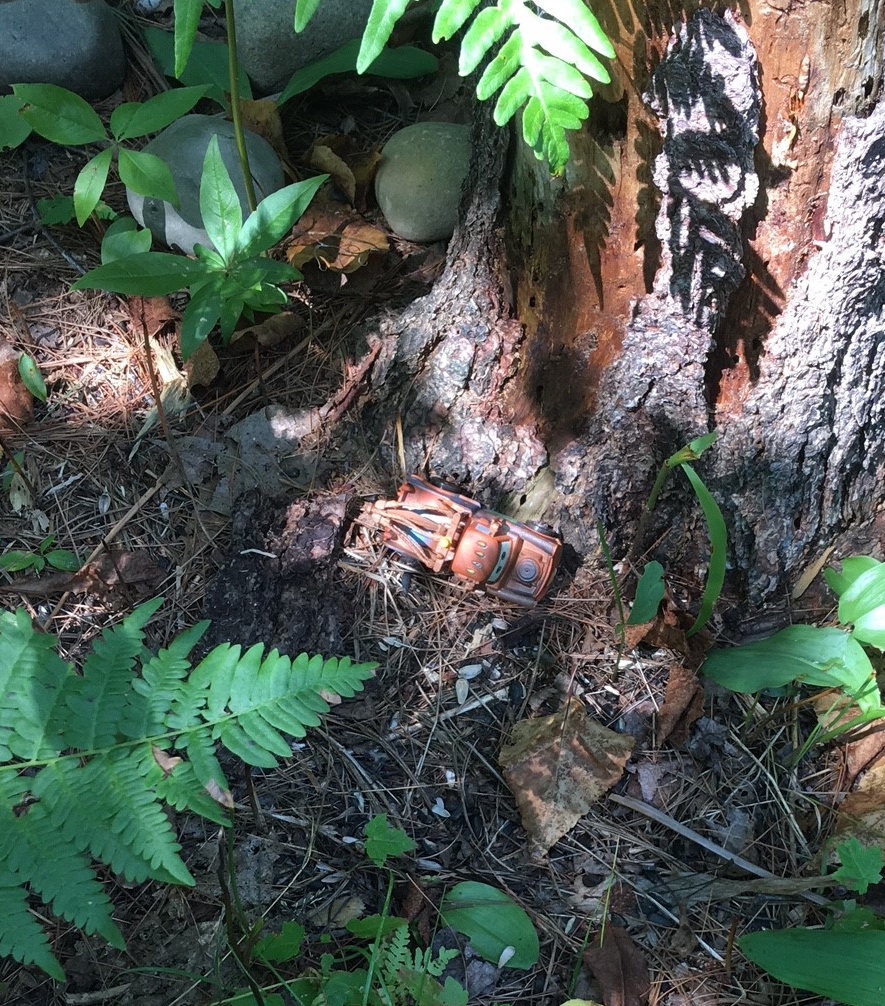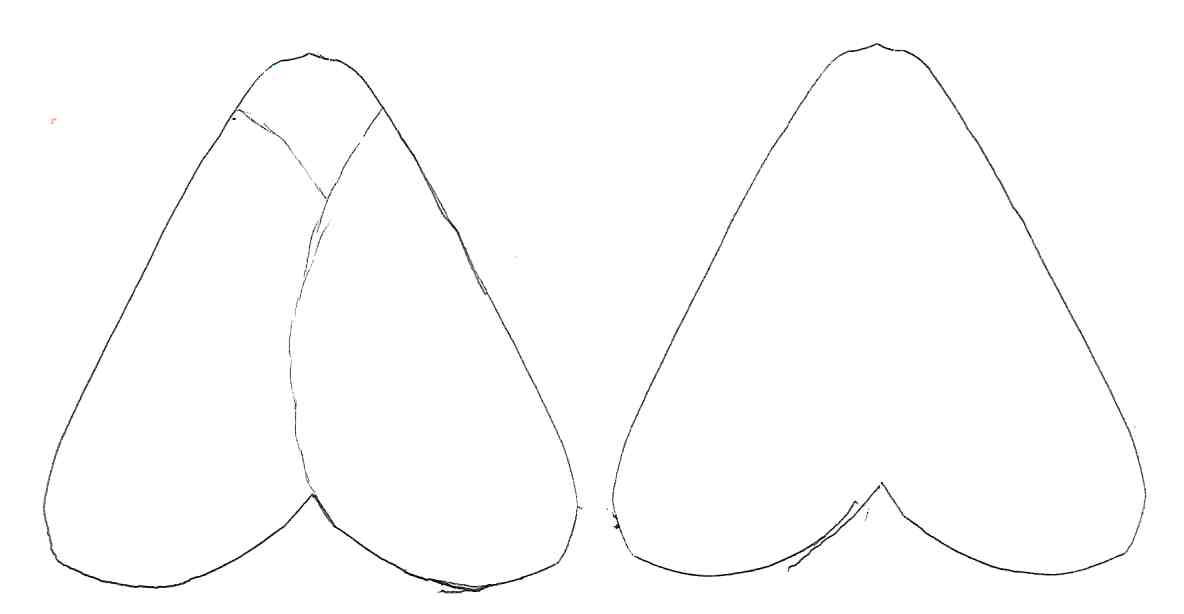How Animal Patterns Help Conceal Them In The Wild
Help youth explore their globe by discovering how animals utilize concealing coloration and confusing coloration types of camouflage.
Exploring camouflage is one fashion to strengthen important life, advice and science skills. Observing, interpreting and analyzing data, arguing using evidence and communicating data can all be office of an informal give-and-take guided by unproblematic questions like, "Have y'all always wondered how animals apply cover-up to survive?"
There are four basic types of camouflage: concealing coloration, confusing coloration, disguise and mimicry.
Concealing coloration
Concealing coloration is when an animal is the same colour as its natural background or habitat. For example, the adult white-tailed deer has a reddish-brown coat during the summer to aid it blend with the trees, bushes and alpine grass.
To help youth empathise how concealing coloration works, find a large piece of patterned fabric. Use a paper punch and dial paper holes from paper the same colors as in the fabric. Sprinkle the dots you punched out onto the fabric making sure some fall on the matching colors. The dots that autumn on their corresponding color should "disappear" on the cloth.
Next, explain to the youth that they are predators seeking prey. Assemble them effectually the fabric and challenge them to option upward as many colored dots every bit they can in xxx seconds picking them up i at a fourth dimension. Subsequently the 30 seconds, accept the youth record how many dots they found. So ask if they think they found most of the prey. Repeat for a 2d and possibly tertiary circular, recording how many dots each youth found after every round. Subsequently the final round, advisedly dump the remaining dots off the fabric.
Inquire youth to talk to a neighbour about why the number they found each fourth dimension changed. Then share with the larger group. Ask youth to talk to a person nigh then about the number of dots that were dumped off the fabric. Where there more than than you lot thought? How did some get missed?

Disruptive coloration
Disruptive coloration is when an fauna has a patterned coloration like spots or stripes that make information technology hard to decide its outline. A white-tailed deer fawn has white spots that can expect like sunlight filtering through the trees and helps mistiness its outline, protecting it from predators when it is still.
To help youth empathize disruptive coloration, requite each youth a re-create of ane of the moths beneath. Take the group cull one or 2 colors and a pattern type. Blueprint examples include stripes spots, spots ringed by the 2d colour, and annihilation else the youth come up with. Take each youth color their moth using the color(s) and the design decided upon by the grouping. When washed, inquire them to cut out their moth, place their initials on the back, and place them all in a small-scale area on the floor or table. It should be difficult to decide where one moth begins and another ends. This is how many herd prey species use disruptive coloration to confuse predators.
Predators and some prey employ disruptive coloration a little differently. Take the youth colour another moth using colors similar to the color of the tabular array and using a pattern of their choice. Later on these are cut out, place them on the table and ask the youth to walk away from the table about 5 feet, plow and look at the moths. Tin they speedily and hands find them? Echo moving some other 5 feet abroad until it is difficult to quickly and hands run across the moths. This is how predators and some casualty, like the fawn, use confusing coloration to hide in plain sight.

Cover-up can be a vital tool for an animate being's survival because all animals are role of a nutrient web. They are either the predator or prey. Predators are animals that naturally hunt and eat other animals for food. Casualty animals are those creatures that are hunted and eaten by other animals. Cover-up can help both predators and prey survive. Ask youth if they retrieve cover-up helps predators or prey more?
Michigan Country University Extension and the Michigan 4-H Youth Evolution program help to create a customs excited about STEM (Scientific discipline, Technology, Engineering, and Mathematics). 4-H Stalk programming seeks to increase science literacy, introducing youth to the experiential learning process that helps them to build problem-solving, critical-thinking and decision-making skills. Youth who participate in iv-H Stem are better equipped with critical life skills necessary for time to come success.
To larn more than about the positive impact of Michigan iv-H youth in Stalk literacy programs, read our 2018 Bear on Report: "Equipping Young People for Success Through Science Literacy."
To learn more than well-nigh Michigan State University Extension bank check us out on-line. To learn more most 4-H and Extension opportunities in Alcona County stop past our Harrisville function at 320 Southward. US 23 or visit us on-line at Facebook Alcona County MSU Extension or at our canton website. For more information about iv-H learning opportunities and other 4-H programs, contact your local MSU Extension county function.
Other articles in series
- Exploring disguise and mimicry cover-up with youth
Source: https://www.canr.msu.edu/news/why-do-animals-have-different-color-patterns
Posted by: cartertherly.blogspot.com

0 Response to "How Animal Patterns Help Conceal Them In The Wild"
Post a Comment